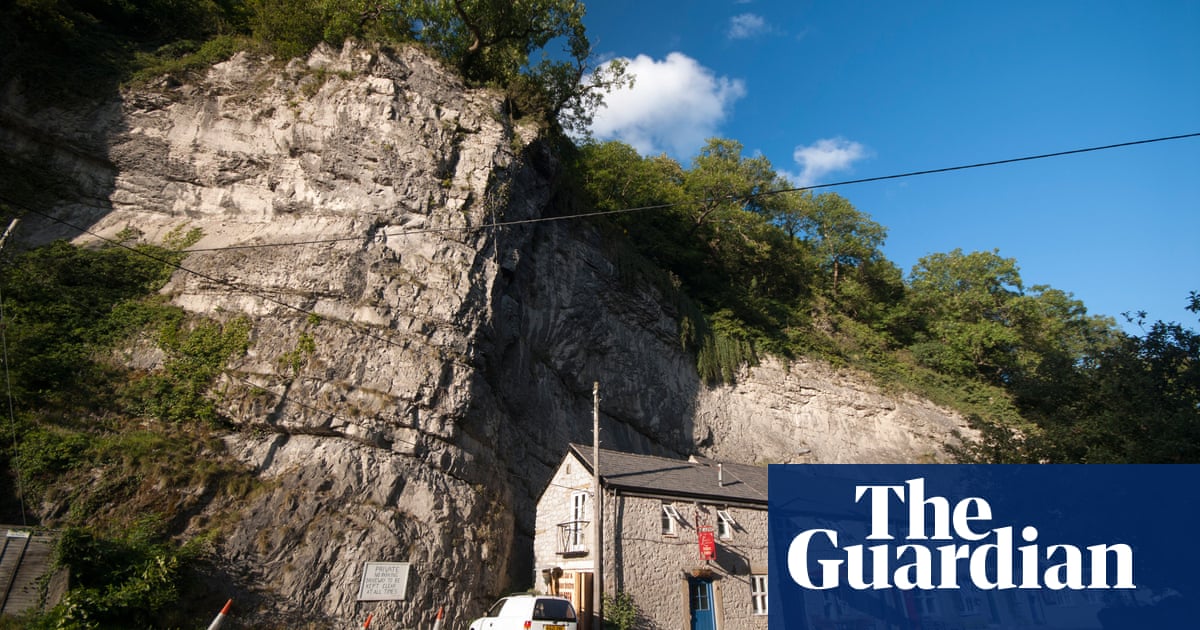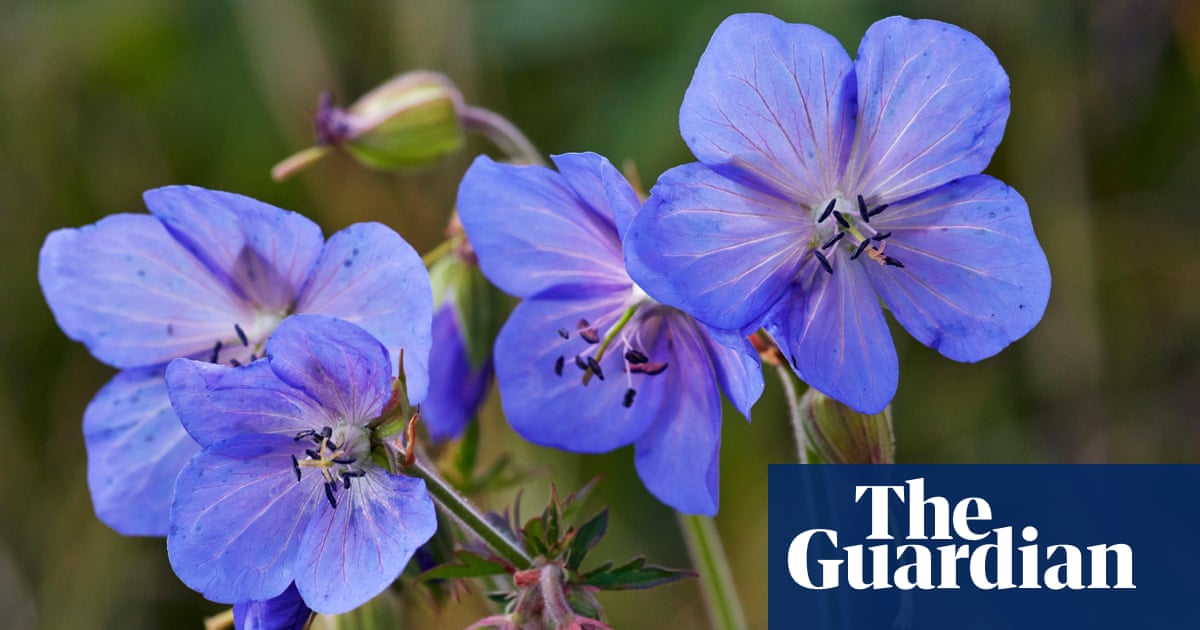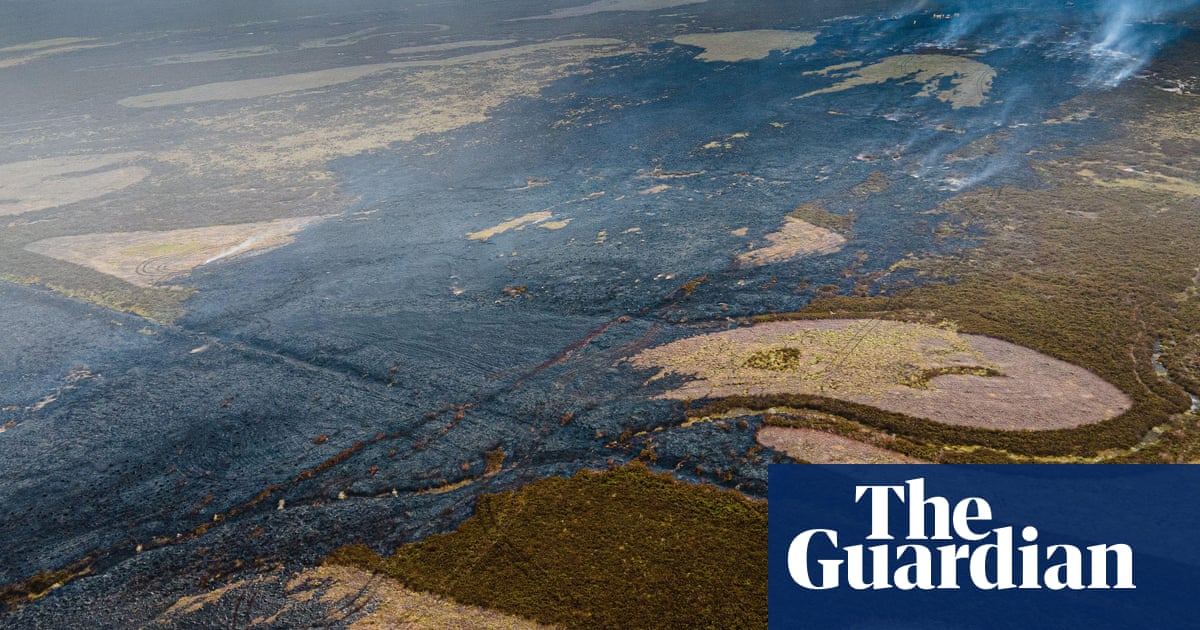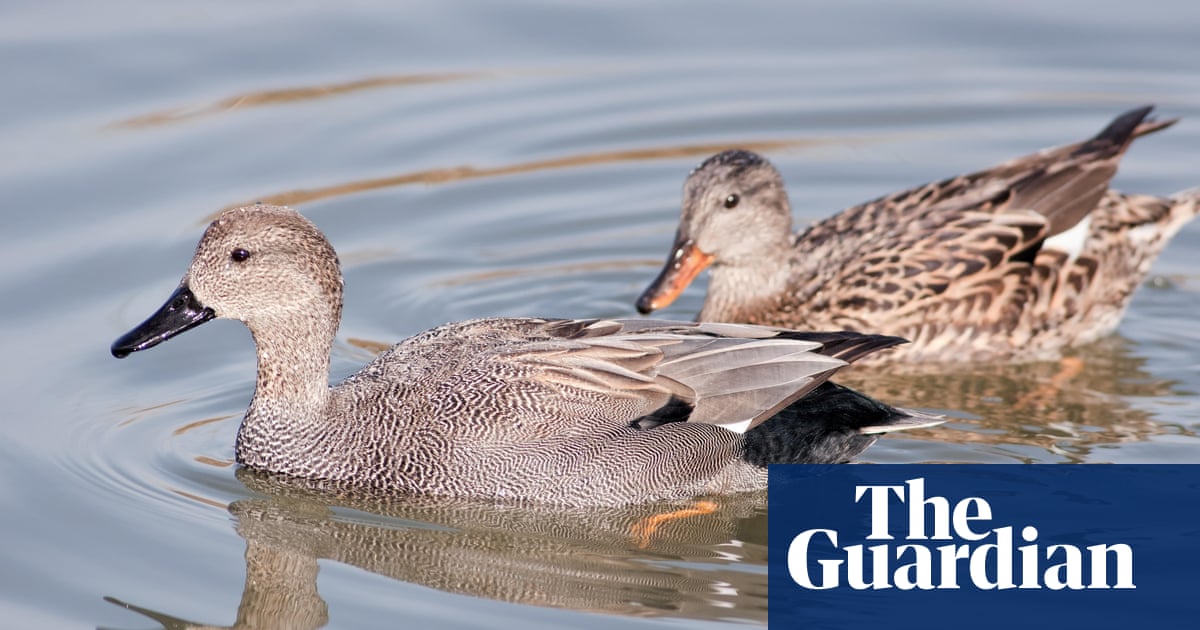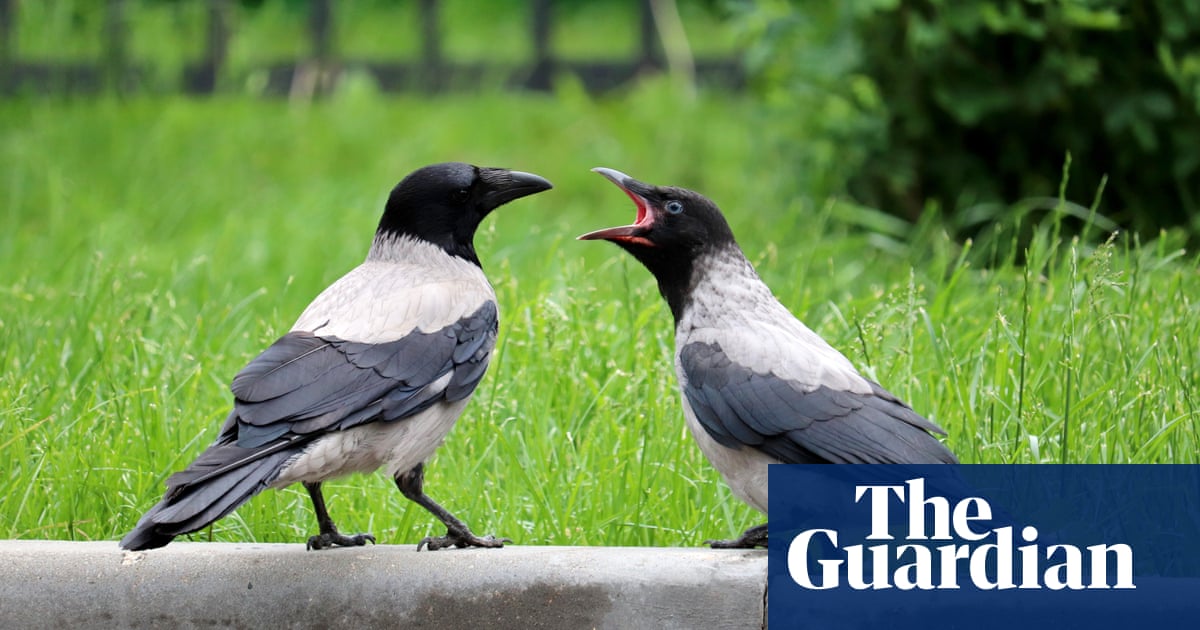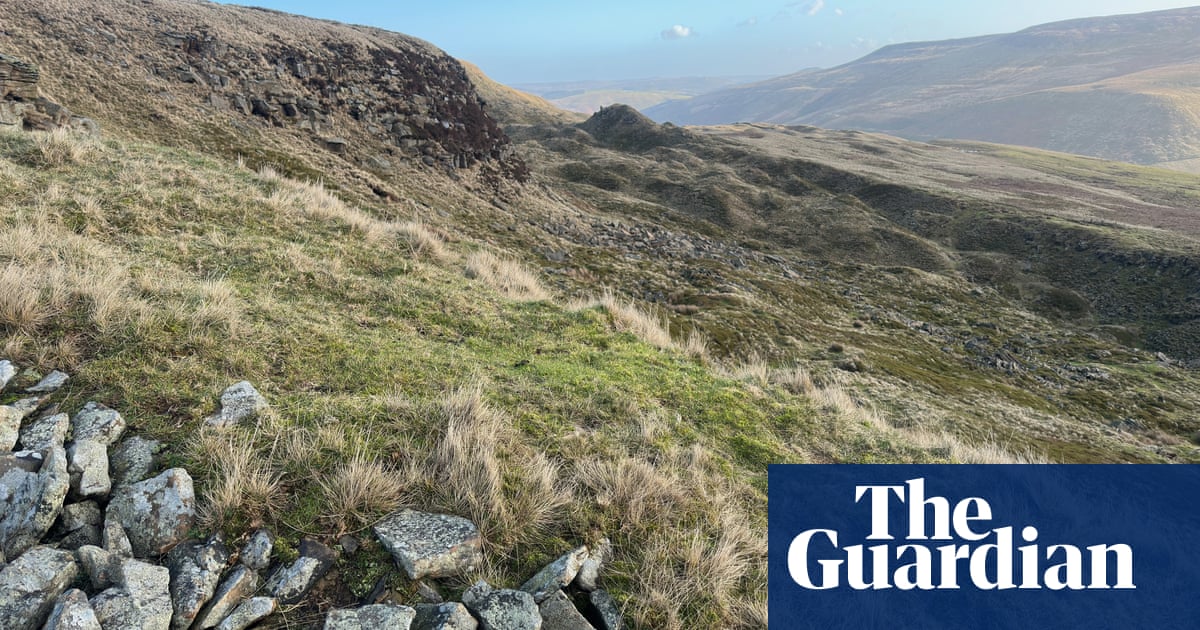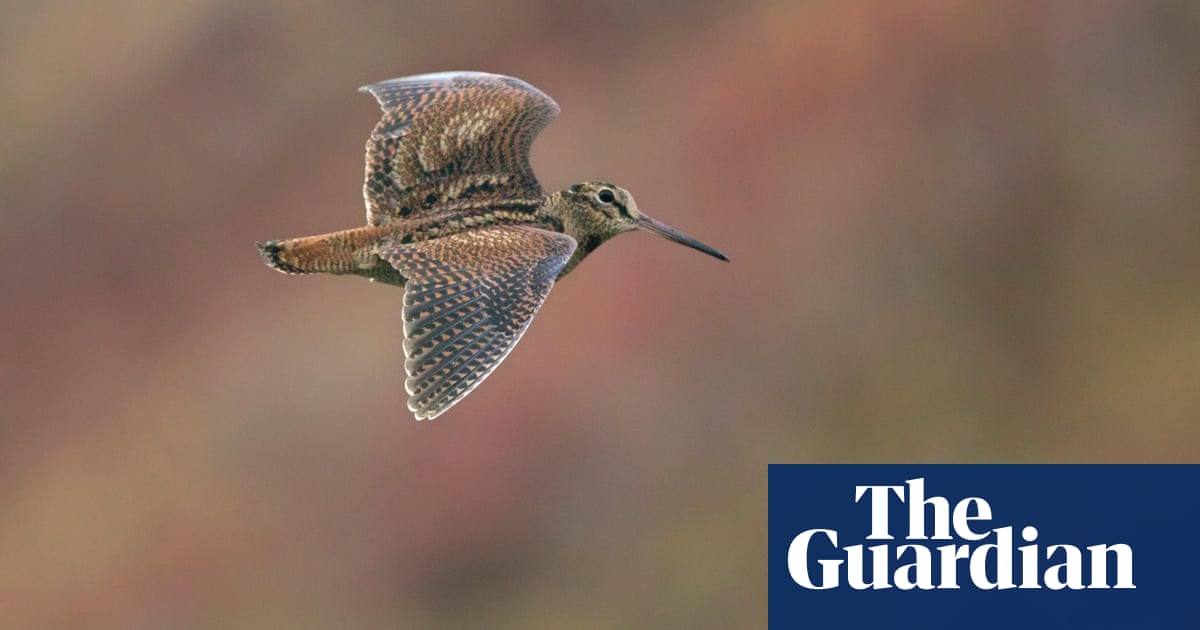
High Rake seems a propitious place. A thousand feet above sea level, it has wide views to the north and the unmistakable trapezoid of Win Hill; south is limestone country, dressed prettily in a lattice of drystone walls.
It must have felt lucky to those early Victorian speculators who believed there was lead under this elevated spot. To find it, their mine company dug a shaft 700ft deep, installing the biggest pumping engine ever seen outside Cornwall. Alas, it drained the investors dry too. Scraps of lead materialised but there was no motherlode; the only ones to profit from this quixotic venture were local miners.
The mine’s buildings lasted until the 1920s, when, in a commendable act of recycling, their stone was taken for new council houses in nearby Bradwell. The foundations remain though, including the deep square hole for that steam engine. Much of the site is now fenced off to prevent livestock grazing contaminated ground.
For once, capital’s loss has been nature’s gain. Sitting cross-legged among the ruins, I started naming the flowers right in front of me: rattle, going to seed; meadow vetchling, with its yellow flowers clasped in prayer; mouse-ear hawkweed; sorrel, or sour ducks, still flowering in late June; lady’s bedstraw; one common spotted orchid; a small mat of creeping thyme; clover, red and white; cow parsnip; germander speedwell; and a few scabious standing clear of the riot beneath them, mauve heads nodding in the breeze.
Most notable was spring sandwort – one of two flowers, along with alpine pennycress, dubbed leadwort in Derbyshire. Both thrive in lead-rich spoil heaps, happy on the mess we leave behind. Spring sandwort is scarce, but most of these other flowers are common enough. Yet, in this corner of our oldest national park, it’s only in these marginal or abandoned spaces where such assemblages prosper. In midsummer, those glorious views from High Rake comprise lemon-coloured fields freshly cut for silage, pasture busy with livestock but not much else. How ironic that a failed treasure hunt should have produced such riches here.
Country diary is on Twitter at @gdncountrydiary
An embedded picture was removed on 9 July because of an error in its location
Under the Changing Skies: The Best of the Guardian’s Country Diary, 2018-2024 (Guardian Faber) is published on 26 September; pre-order now at the guardianbookshop.com and get a 20% discount




